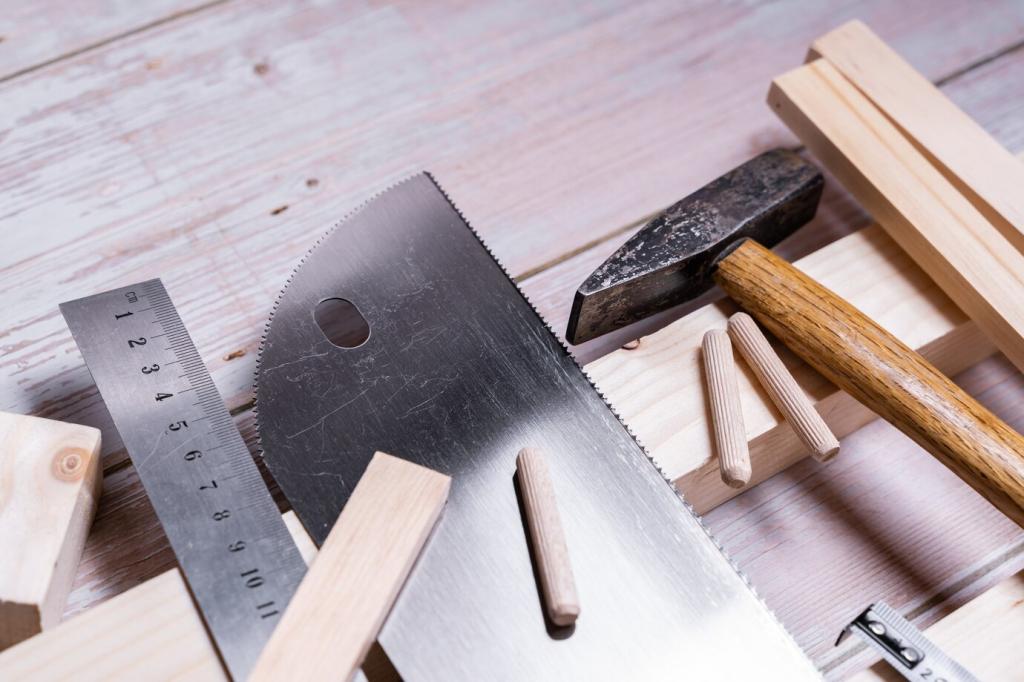
Finishing Tools for Furniture Refinishing
Today’s chosen theme: Finishing Tools for Furniture Refinishing. Step into a hands-on world where bristles, abrasives, sprayers, and burnishers transform tired pieces into heirlooms. Explore techniques, stories, and tips—and join the conversation by sharing your favorite tools.
The Essential Finishing Toolkit
Abrasives That Matter
From premium sanding sponges to longboard papers and micro-mesh, abrasives dictate surface quality. Start coarse, climb carefully, and always de-nib between coats. Comment with your go-to grits and why they never fail you.
Brushes, Pads, and Applicators
Natural bristle brushes shine with oil finishes, while synthetics excel with waterborne products. Foam pads level wipe-on coats beautifully. What brush brand gives you the cleanest edge? Share your experiences and recommendations.
Scrapers and Detail Tools
Sharp cabinet scrapers, card scrapers, and precision chisels remove old finish without gouging. Corner sanders and detail files reach tight carvings. Have a clever detail hack? Tell us how you tackle ornate moldings.
Surface Preparation With Precision
Lightly mist the surface to raise grain, then knock back fibers with a worn 320–400 grit sponge. This tiny step prevents fuzz under clear coats. Do you pre-raise every time? Share your results.
Surface Preparation With Precision
A burnisher and proper burr angle turn a simple card scraper into a finish-smoothing hero. Keep edges square, polish faces, and draw a consistent hook. What steel thickness works best for you?
Surface Preparation With Precision
Flexible spreaders, water-based fillers, and pore fillers flatten open-grain species like oak. Level carefully with a hard block to preserve edges. Which filler sands cleanest without clogging? Join the discussion below.
Applying Flawless Coats
01
Flagged tips, ferrule quality, and bristle taper affect how finishes lay down. Reserve dedicated brushes for shellac, oil, or waterborne. Which brush profile tames edges on rails and stiles for you?
02
Foam brushes, lint-free pads, and folded shop towels excel for thin, controllable coats. Mind the pressure to avoid bubbles and ridges. Tell us your favorite wipe-on routine and timing between passes.
03
Needle size, fan width, and air pressure define atomization. Strain finishes, test on scrap, and keep the gun perpendicular. What HVLP tweak finally eliminated orange peel in your shop? Share your breakthrough.
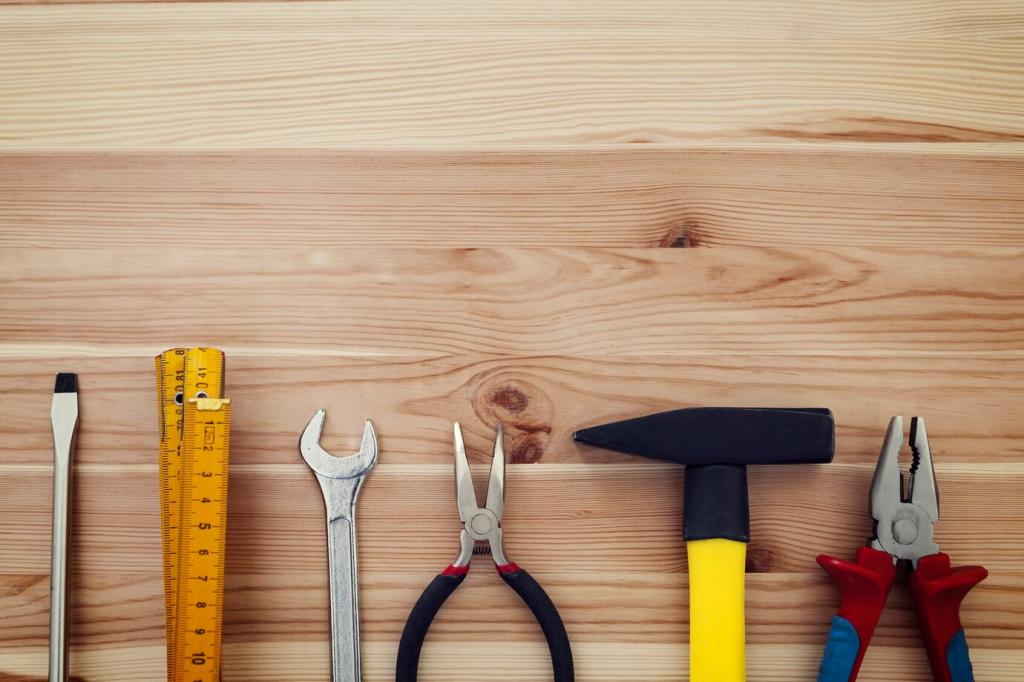
Raking Light and Inspection Mirrors
A simple raking light reveals dust nibs, brush marks, and witness lines before they harden into heartbreak. Pocket mirrors catch underside drips. What inspection setup saves your projects most consistently?
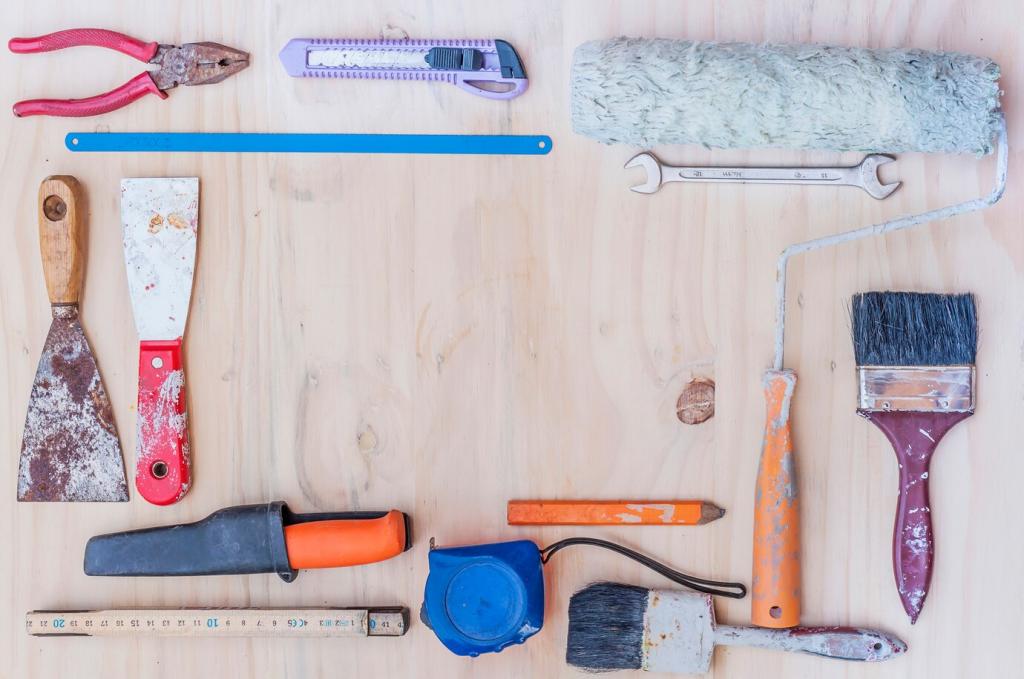
Rubbing Out: From Satin to Piano Gloss
After full cure, use abrasive compounds, felt blocks, and lubricants to rub out to the sheen you love. Finish with wax and a soft cloth. Describe your favorite compound progression for a velvety satin.
Troubleshooting With Smart Tools
Use 1000–2000 grit paper or micro-mesh on a felt block with a drop of soapy water. Work lightly, then polish. Have a nib myth to debunk? Add your tip to help others learn.
Troubleshooting With Smart Tools
A lightly loaded, high-quality brush used for gentle tipping aligns surface tension and levels strokes. Keep a wet edge. What timing cues help you know when to stop touching the finish?
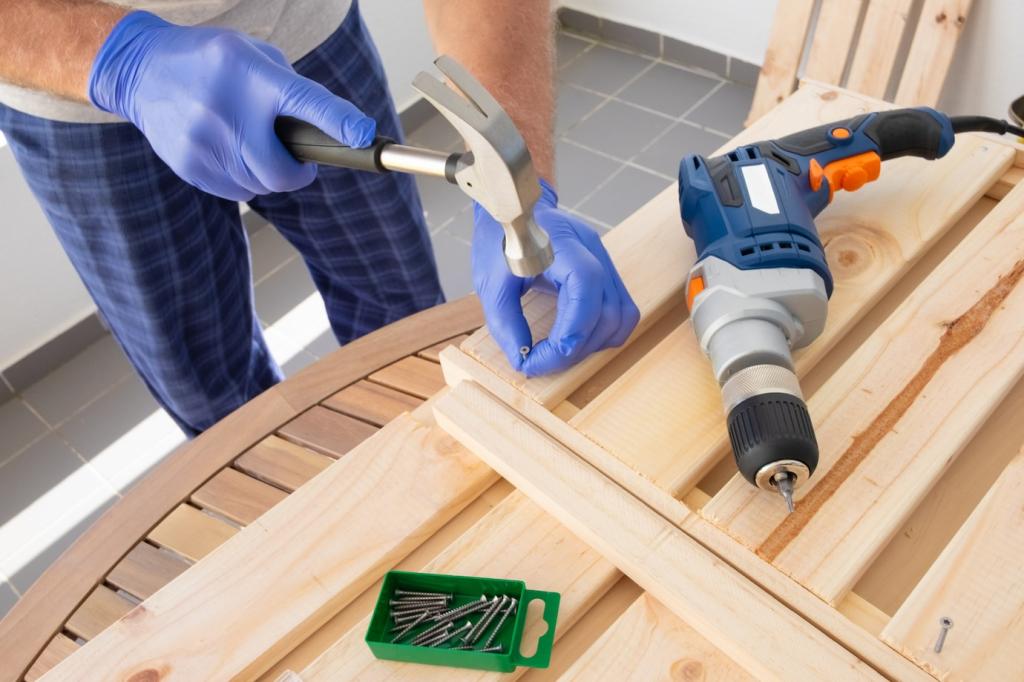
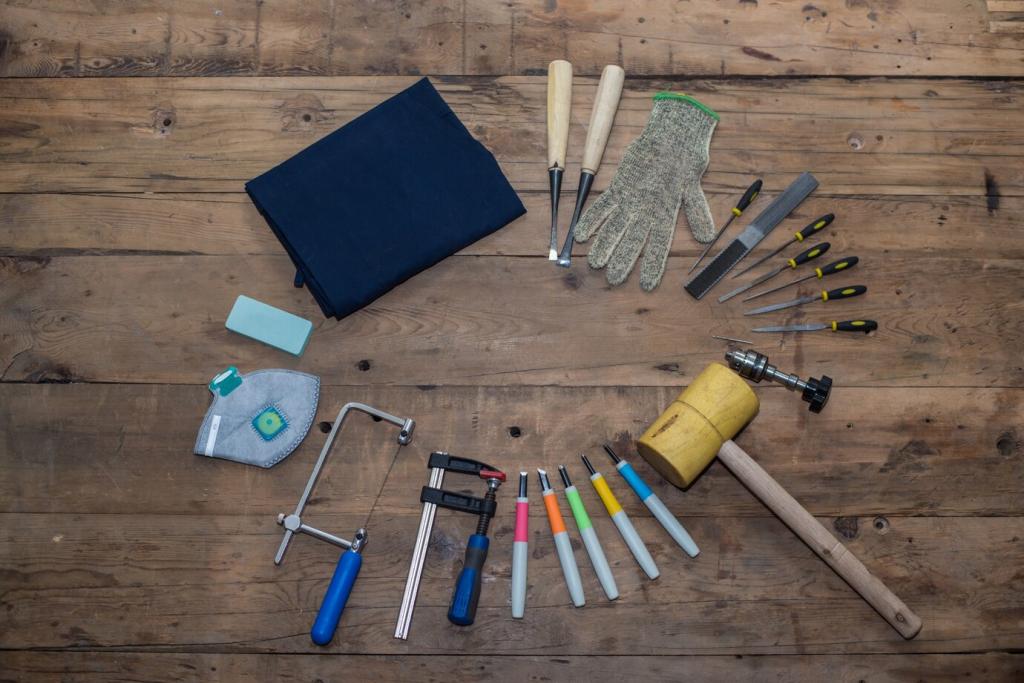
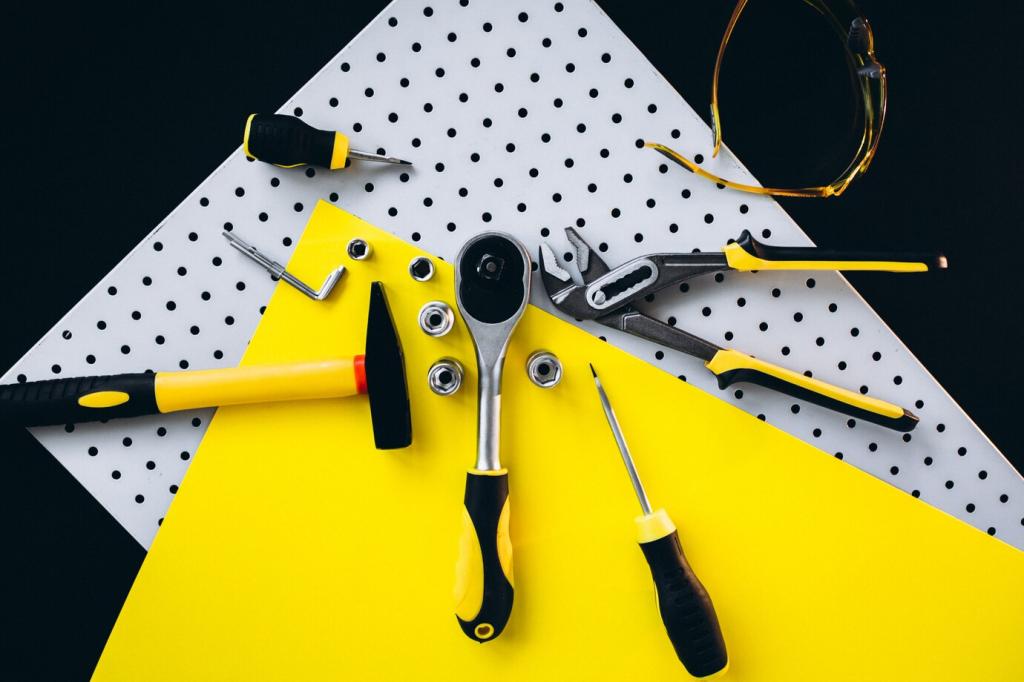
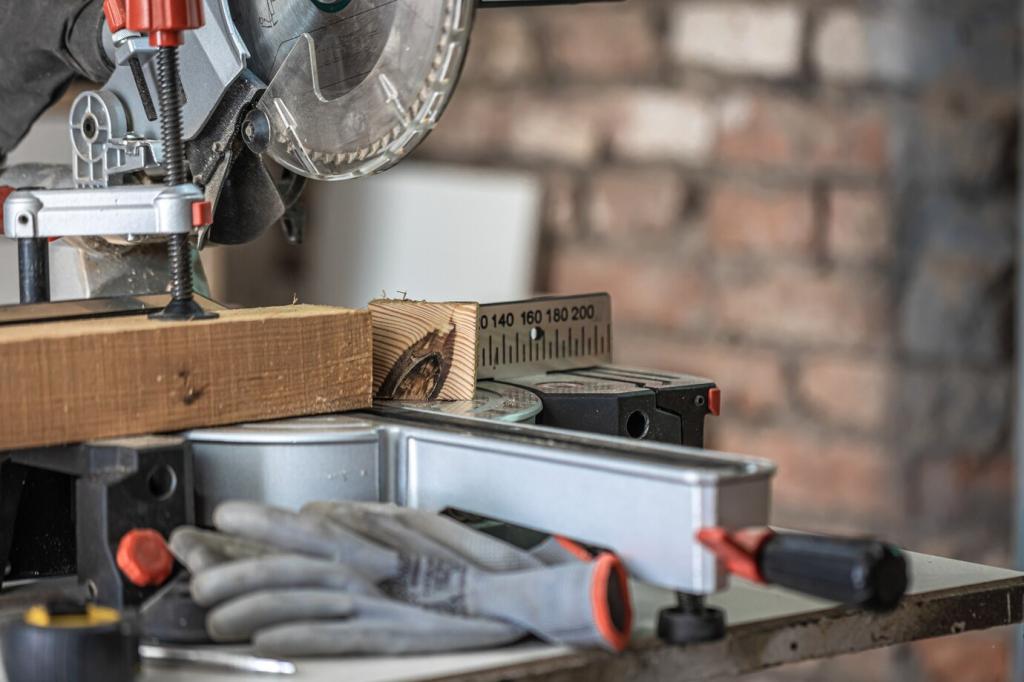
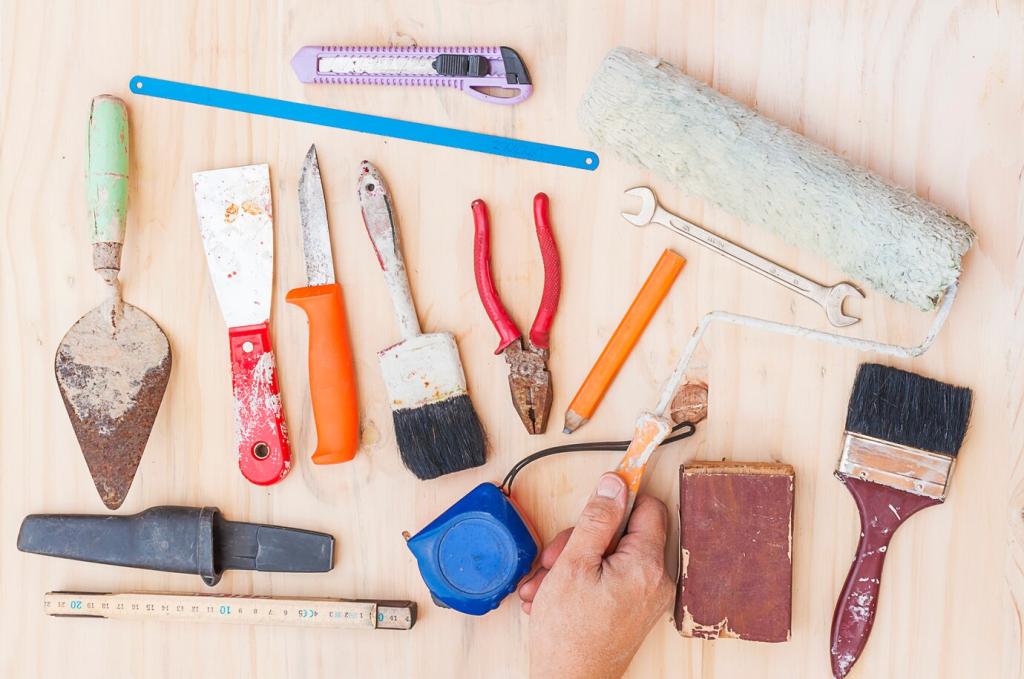
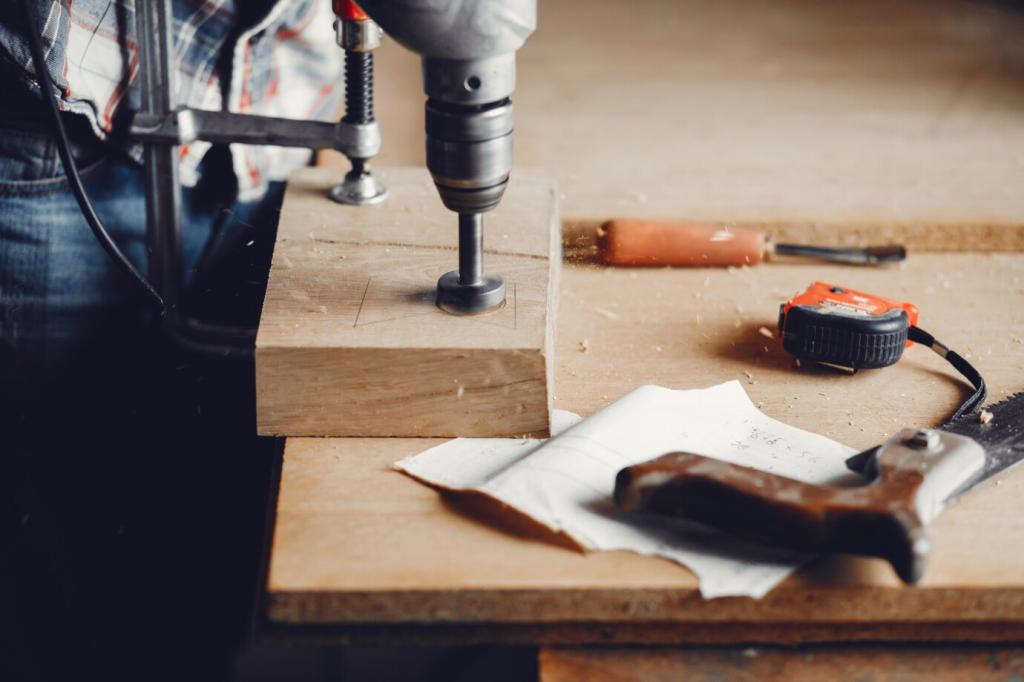
From Flea Market to Showpiece
A reader found a battered walnut dresser and almost painted over the veneer. With a card scraper, fresh burr, and patient sanding, the grain emerged stunningly. What tool changed your project’s destiny?
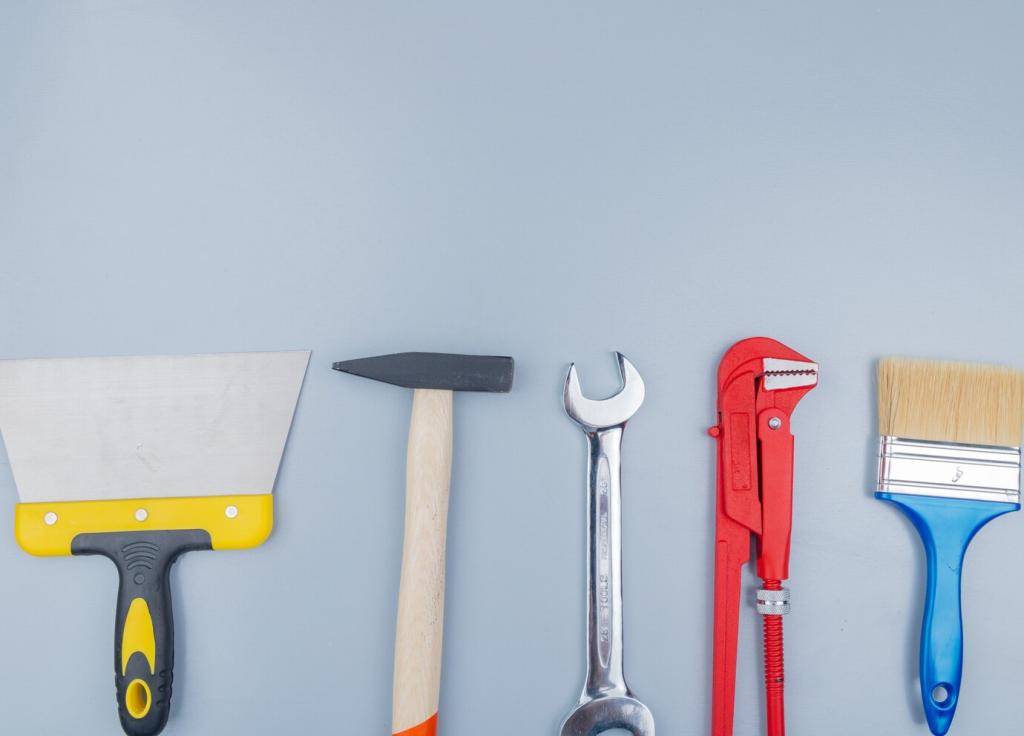
The Day Raking Light Saved the Top
Under raking light, subtle lap marks appeared before curing. A gentle tip-off and a thinner second coat solved everything. Have you caught a flaw just in time thanks to lighting tools?
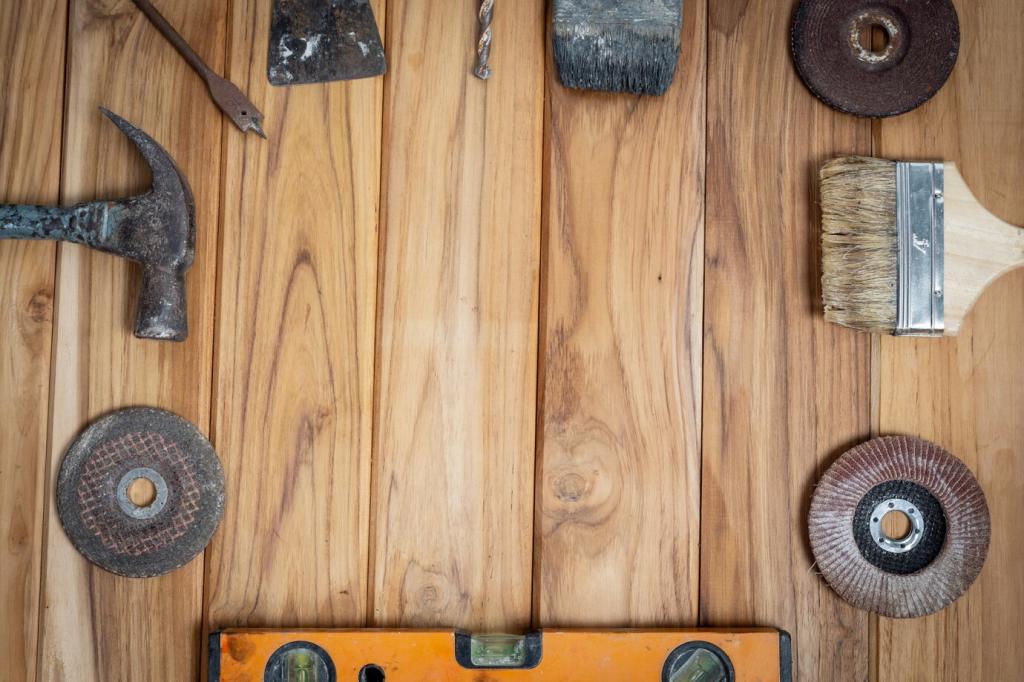
Rubbing Out for Silky Drawers
After curing, micro-abrasives and wax on felt turned sticky drawer fronts buttery smooth. A tiny tool set made daily use delightful. What finishing step improves tactile feel the most for you?
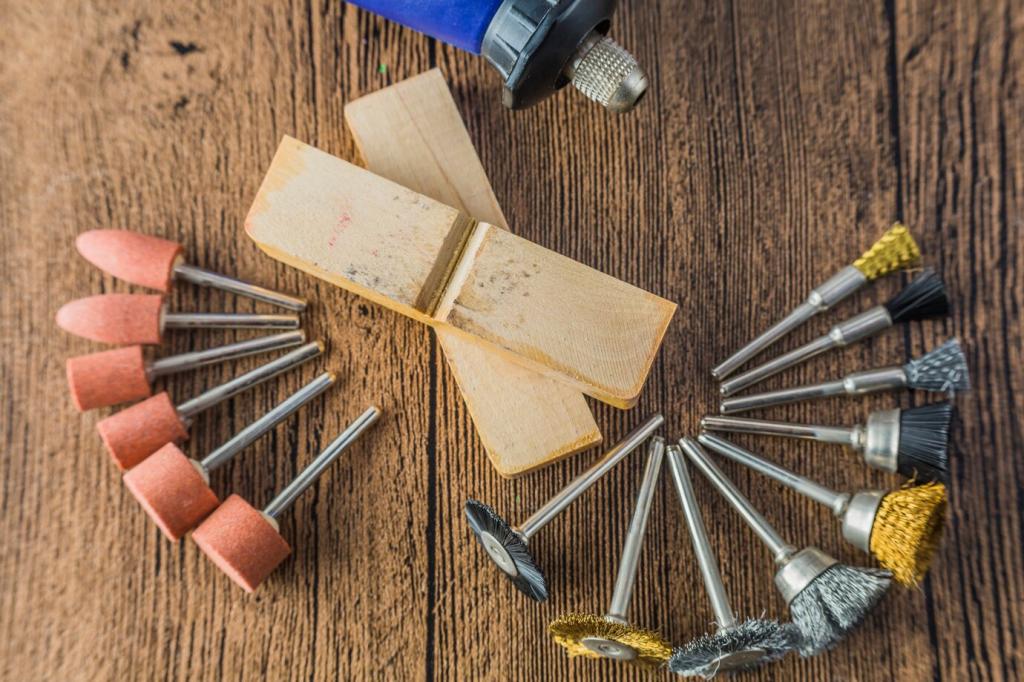
Respirators, Filters, and Ventilation
Match cartridges to finish chemistry, fit-test seals, and maintain airflow. Portable fans and filtered intakes reduce overspray. Which respirator model or setup has proven most comfortable during long finishing sessions?
Dust Control and Cleanup
HEPA vacs on sanders, tack cloths before coats, and clean benches reduce defects dramatically. Share your dust-minimizing rituals so others can replicate cleaner finishes in small or shared spaces.
Disposal and Eco-Friendly Choices
Metal cans for oily rags, waterborne options when appropriate, and reusable applicators reduce waste. What sustainable swap did you make that improved finish quality and peace of mind? Inspire fellow refinishers.
Join our mailing list
